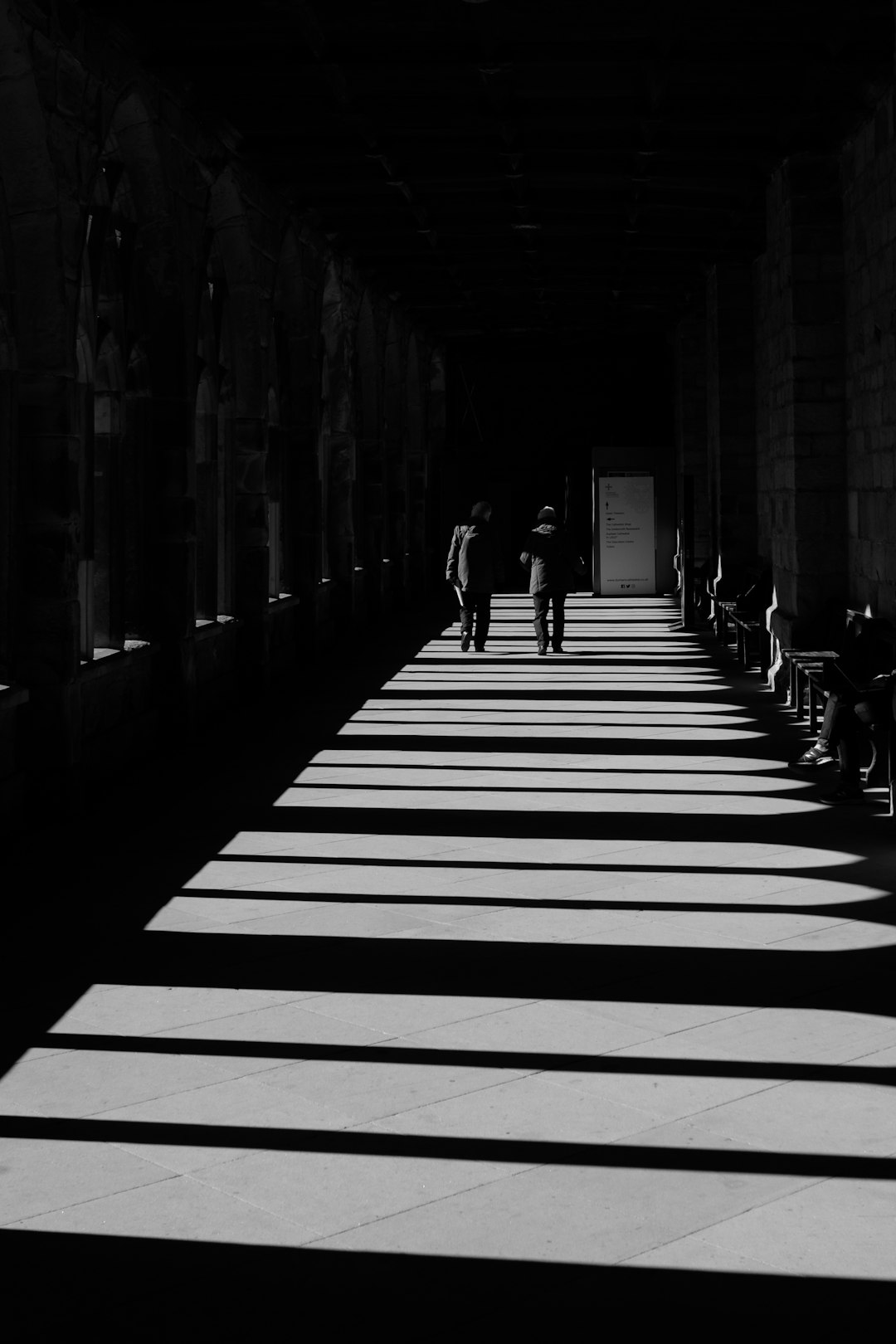Thinking by walking (or doing)

Our need to mix physical and mental activity is intriguing. In [Crafting: an approach to doing meaningful work](https://nataljalaurey.substack.com/p/crafting-an-approach-to-doing-meaningful?s=r), Laurey quotes her doctoral research:
As their work was becoming more abstract, shifting from the space of products to the spaces of services and strategies, the designers missed ‘tinkering’, playing with materials. They could not prevent themselves from engaging in making activities,
This has been discussed over the centuries. The phrase “solvitur ambulando” perhaps coined by Augustine loosely translates as solving by walking. The act of walking helps us sort out our reasoning and feelings. Monks walked in the cloisters to help them reflected. Older universities and colleges were often build around cloistered quadrangles. Other physical activities (tinkering, fiddling, drawing, writing, craftwork) have similar power.
Solvitur ambulando can be read three ways:
Solving a problem through practical experimentation
Using physical movement to help reshape thinking
Using repetition to chip away at an idea.
The Toyota lean production system uses Gemba — walk around, go to the site of an issue and see it in action — in a similar way.
Luhmann of zettelkasten fame stated that “writing is thinking”. Many others have made the link between walking, writing, and thinking.
Chatwin (according to Wikipedia page)
The Romantics
Hiking with Nietzsche: Becoming Who You Are 2018 by John Kaag
Thoreau “Walking”
Gros “A Philosophy of Walking”
And many others…
The most cerebral of activities use visualisation of space and movement: thinking through a chess game as in “The Queen’s Gambit” by Walter Tevis; committing to memory with a memory palace, as in Hannibal by Thomas Harris (and elsewhere, more reliably).
Tinkering is thinking. It is our rebellion against the mindless and the mind-obsessed.
“Crafting: an approach to doing meaningful work”:
Solvitur ambulando on Wikipedia


